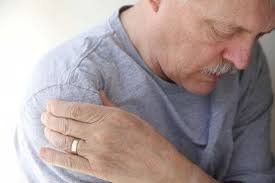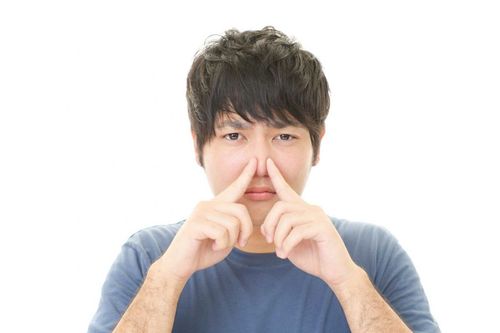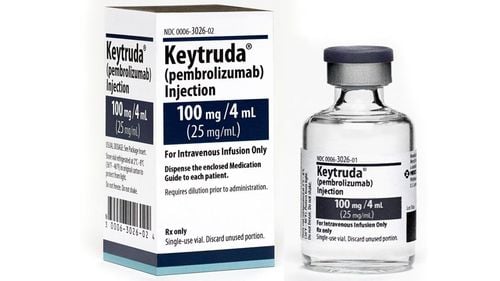This is an automatically translated article.
Each cancer patient has more or less pain, depending on the condition of the disease. But if the patient cooperates with the doctor, the pain can be controlled. There are many different medications available to control the pain of cancer patients.
1. Pain management is part of a cancer treatment plan
In case the pain is not controlled, the patient will appear symptoms such as: fatigue, depression, anger, anxiety, stress... In contrast, when pain is controlled for cancer patients With proper treatment, patients will enjoy activity, sleep better, feel good, have a good mood...
Cancer pain ranges from mild to very severe and varies from day to day. . Some pain is caused by cancer, so patients have to treat both diseases at the same time. But there are also pain that are not caused by cancer such as headaches, muscle tension and other health problems. Therefore, when experiencing any pain, consult your doctor for advice. Absolutely do not or carefully read the label of over-the-counter medications intended to relieve pain. This will limit interactions with other medications.
Different types of cancer pain are common in patients:
Acute pain from mild to severe, happens quickly and lasts for a short time. Chronic pain is mild to severe, persistent or progressive over a long period of time Breakthrough pain is an intense increase in pain that occurs suddenly or is felt over a short period of time. It can happen several times a day, even with the right dose of pain reliever.

2. What causes cancer pain?
Cancer itself and its therapies cause pain for the patient. The main causes of pain are:
Pain due to medical tests : Some methods used to diagnose cancer or select good treatments can be painful. Examples: biopsies, spinal taps, bone marrow tests. However, the patient should not let the fear of pain stop you from getting tests and treatment. Tumor pain: If the cancer grows larger or spreads, it can cause pain by pressing on the tissues around it. For example, a tumor can cause pain if it presses on the bones, nerves, spinal cord, or organs of the body. Treatment pain: Chemotherapy, radiation therapy, surgery, and other treatments can cause pain. Some examples of pain from treatment are: Nerve pain: This is pain that can occur if treatment damages a nerve. The pain is usually burning, sharp. Cancer also causes this type of pain; Virtual pain: You may still feel pain or other discomfort coming from a surgically removed body part. If the patient notices any pain coming from daily activities such as coughing, sneezing, moving, walking or standing, see a doctor immediately.
Pain control is part of cancer treatment. Therefore, the patient should share the pain as well as the pain location to the doctor so they can help you reduce the pain. If the sick person does not tell anyone about the pain you are suffering, no one will be able to help you overcome the pain and overcome the illness.
Trắc nghiệm: Thử hiểu biết của bạn về bệnh ung thư
Ung thư là nguyên nhân gây tử vong hàng thứ 2 trên thế giới. Thử sức cùng bài trắc nghiệm sau đây sẽ giúp bạn có thêm kiến thức về yếu tố nguy cơ cũng như cách phòng ngừa bệnh ung thư.
Bài dịch từ: webmd.com
3. Ways to manage your pain
3.1 Planning for pain management
To manage pain, every patient needs a pain management plan. Every patient has a different pain management plan. Even if two patients have the same cancer, the plan is different. Take a prescription pain reliever to limit pain when it starts or gets worse. This is one of the best ways to deal with pain, so pain medication should not be skipped.
Here are some things patients can do to plan their pain management:
Bring medications with you to each visit. Bring a record or diary of the patient's pain. If you are being treated with more than one doctor, make sure the doctors see all the medications you're taking. Do not take other people's medications or share medications. Ask your doctor to change your pain management plan if it doesn't work. The best way to treat cancer pain is to stop it before it starts or it gets worse. Don't try to endure the pain even if it's just a mild pain.
If the patient experiences the following situations, the patient should talk to the doctor to change the plan for the best effect:
The pain does not get better or the pain medication stops working. Frequent sudden pain. The pain affects daily activities such as eating, sleeping, or working. If you have trouble breathing, dizziness, or a rash, call your doctor right away, because you may be allergic to pain relievers.
3.2 Use of pain relievers
Some of the drugs below have been shown to help control cancer pain. Doctors use three main classes of drugs for pain: over-the-counter, prescription, and opioids (sometimes called narcotics).
Over-the-counter (OTC) medications can be used to treat mild to moderate pain. You can buy most OTC medications without a prescription, but you should still talk to your doctor before taking them. OTC medications include: Acetaminophen, nonsteroidal anti-inflammatory drugs (NSAIDs) Prescription medications for pain include: Antidepressants, anti-seizure medications, steroids Opioids (sometimes called narcotics) - for moderate to severe pain In addition to medication to control pain caused by cancer, there are other ways to improve a person's quality of life, help with pain, as well as stress, anxiety, and dealing with cancer. Some of these methods are considered complementary or integrated.
3.3 Acupuncture
Acupuncture is a form of Chinese medicine. Acupuncture involves inserting very thin metal into the skin at certain points of the body. (Apply pressure to these points with your thumb, fingertips, or a device called acupressure.) The goal is to change the flow of body energy so it can heal itself.
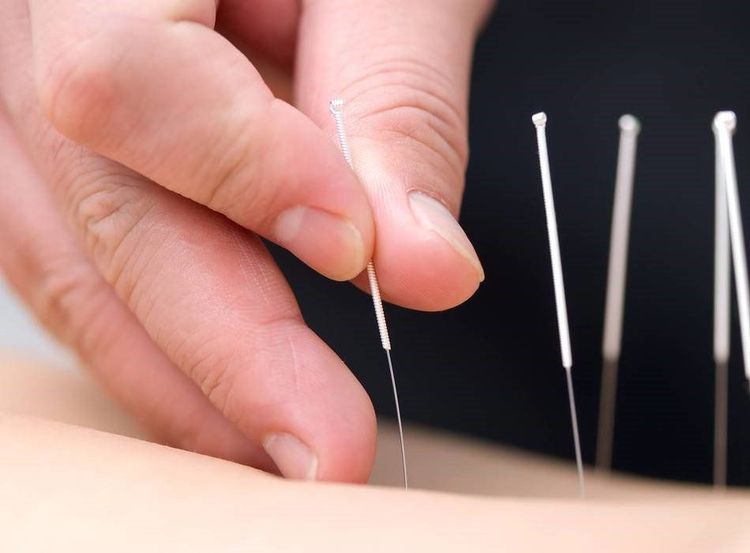
3.4 Biofeedback
Biofeedback uses machines to help you control certain bodily functions, such as heart rate, breathing, and muscle tension. We can never think about these bodily functions because they happen on their own. But learning to control them can help you relax and deal with the pain. Biofeedback is often used with other pain relief methods. If the patient wants to try this method, you must see a biofeedback technician license.
3.5 Not focusing on pain
Shifting your focus to something else is pain. It can be used alone to manage mild pain, or with medication
to help relieve acute pain, such as pain associated with a procedure or test. Many times, you use this method without realizing it. For example, watching TV and listening to music are good ways to distract your mind. In fact, any focusable activity can be used to distract from pain: crafting, reading, singing, or trying slow, rhythmic breathing...
3.6 Heat use
Heat (hot or cold) can relieve muscle pain, while cold can numb the pain. However, patients need to consult a doctor to use this method during treatment, do not use this method for more than 10 minutes / time. Also, don't use hot or cold heat on any areas with poor circulation.
For cold, the sick person can try soft plastic gel packs even when frozen. These gel packs are sold in drug stores, of course, always use ice cubes wrapped in a towel or frozen water in a paper cup.
For heat, a heating pad can be used, but patients can also try hot gel packs in a hot water bottle, hot, moist towel, hot shower. Be careful not to leave the heat on for too long to avoid burns.
3.7 Hypnosis
Hypnosis is a state of mind-altering relaxation and concentration. It is when the eyes are closed but still aware of what is happening around them. In this relaxed state, the patient's mind is often more receptive or more open. As a result, hypnosis can be used to block the perception of pain or to help patients change sensations from pain to comfort.
3.8 Imagination
Imagination is when you close your eyes and create images in your mind to relax, feel less anxious and sleep better. The hypnotized person can use all the senses of sight, touch, hearing, smell, and taste.
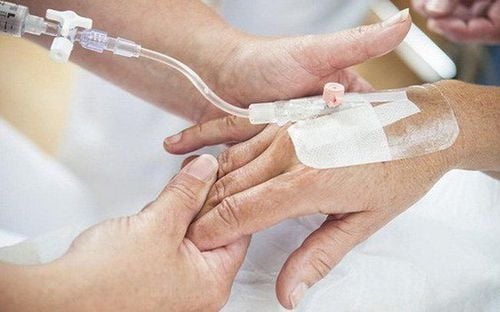
3.9 Massage
Massage can help relieve pain, stress and anxiety. The way to massage is to use hands or special tools to press and rub parts of the body, with regular, circular movements near the pain site is the best. Massage can also help relieve stress and increase blood flow.
3.10 Sitting meditation
Meditation is a psychological treatment that helps to relax the body and calm
the mind. Meditation helps people with pain, anxiety, stress or depression.
3.11 Relax
Relaxation works to relieve pain or keep pain from getting worse by removing tension in the body. Relaxation helps the patient sleep better and provide more energy. The most common methods of relaxation are: Visual focus, breathing and muscle tension, slow breathing:
In the case of relaxation it will be difficult if the patient is in severe pain, can switch to massage or deep breathing rhythmic and tense.
3.12 Other methods
Physical therapy: Exercises, equipment, or methods used to help restore strength, increase muscle movement, and relieve pain. Tai Chi and Qigong: Centuries of mind and body movement have involved a number of postures and gentle movements with mental focus, breathing, and relaxation. Yoga: Different styles of yoga often incorporate poses, breathing techniques, and meditation or relaxation. At Vinmec International General Hospital, each specific individual will be assigned the most appropriate treatment regimen for each type of pain, at each stage, in order to better control pain symptoms in a comprehensive and advanced way. quality of life of cancer patients. Each given regimen is coordinated and discussed by a team of pain doctors, palliative care doctors, surgeons, chemotherapy, radiation therapy, nutritionists....
Besides The use of oral drugs, injections, pain management interventions with the support of modern equipment such as neuro-ultrasound machines, X-ray machines with bright screens, computer tomography machines. .. will block the pain transmission path from the periphery to the brain, helping to reduce pain for patients more effectively.
Please dial HOTLINE for more information or register for an appointment HERE. Download MyVinmec app to make appointments faster and to manage your bookings easily.
References: Cancer.govMORE:
Cancer pain: How is it treated? Pain management for cancer patients at home Pain treatment and palliative care for terminal cancer patients





